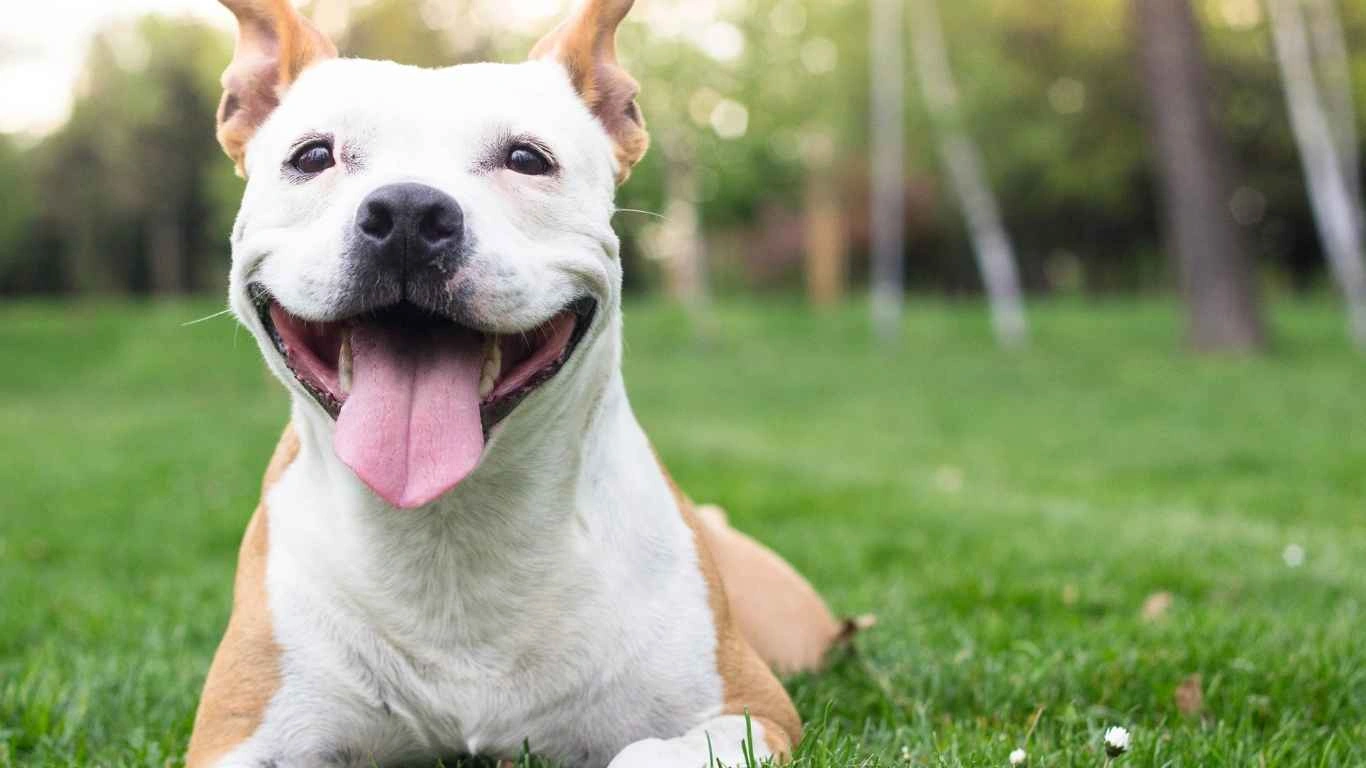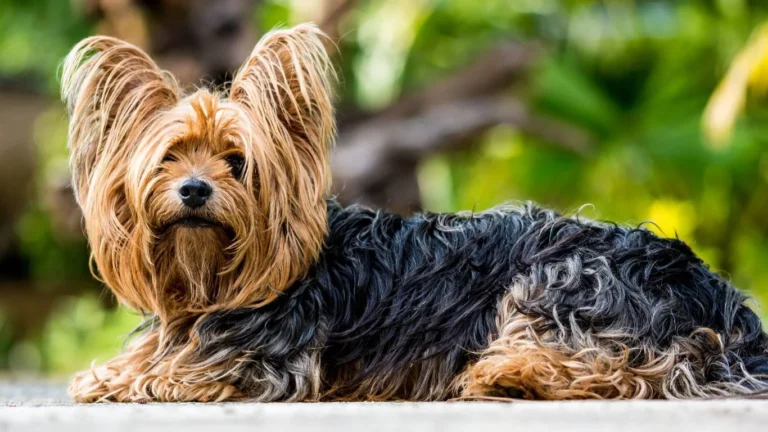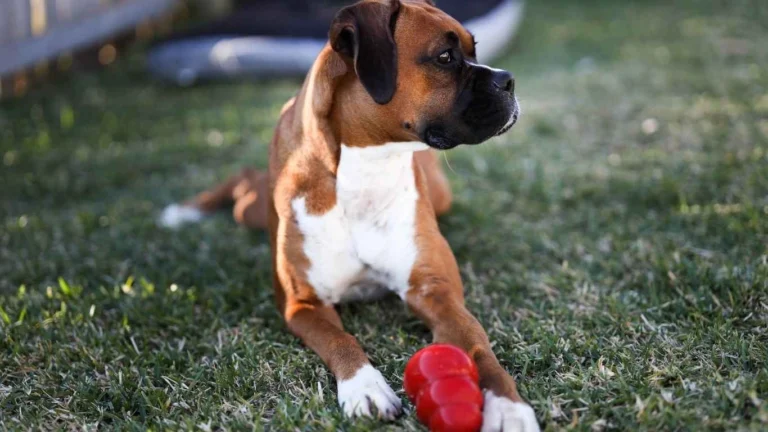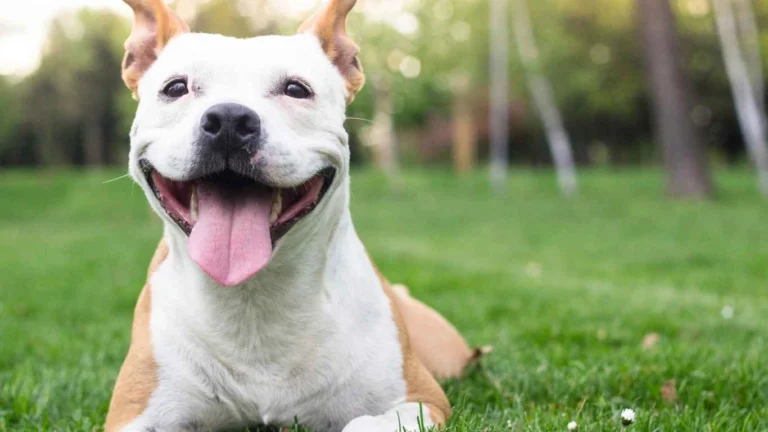Best Dog Food for Healthy Skin & Coat: Unlock a Shiny, Itch-Free Fur!
Ever wonder why your dog’s coat isn’t as glossy as it should be? Or why they’re constantly scratching despite having no fleas? The answer often lies in their diet. Choosing the best dog food for healthy skin and coat isn’t just about grabbing the fanciest bag off the shelf—it’s about understanding the right ingredients that nourish from the inside out. As a pet nutritionist who’s worked in veterinary clinics, I’ve seen firsthand how diet directly impacts a dog’s skin and fur health. So, let’s dig into what really makes a difference in your pup’s food bowl!
Why Your Dog’s Skin and Coat Health Starts with Nutrition

Many pet parents assume that a dull coat or itchy skin means an external problem—maybe they need a new shampoo or flea treatment. But more often than not, the real issue starts internally. A poor diet lacking essential nutrients can lead to dry, flaky skin, excessive shedding, and even allergies.
From my experience in veterinary clinics, I’ve seen countless cases where a simple switch to a high-quality diet transformed a dog’s skin and coat within weeks. The right nutrients provide the building blocks for healthy fur, reducing irritation, boosting shine, and making those cuddle sessions even more enjoyable.
The Role of Omega Fatty Acids
Omega-3 and Omega-6 fatty acids are absolute game-changers for skin and coat health. These healthy fats help reduce inflammation, combat dryness, and promote a glossy shine. Some of the best sources include:
- Salmon and Fish Oil – Packed with Omega-3s, these support skin hydration and reduce itchiness.
- Flaxseed – A plant-based source of essential fatty acids that nourishes the skin.
- Chicken Fat – High in Omega-6, which helps maintain a soft, luscious coat.
When I worked with pet owners whose dogs had chronic dry skin, I always recommended foods rich in these fats. The difference? Within weeks, their pup’s coat went from dull and brittle to soft and silky.
Protein: The Foundation of a Healthy Coat
If there’s one thing I stress to every pet parent, it’s this: protein is everything. A dog’s coat is made up of over 90% protein, so without enough high-quality sources, their fur becomes weak and lifeless.
Here’s what you should look for in a top-tier dog food:
- Animal-Based Proteins – Chicken, beef, lamb, and fish provide essential amino acids for strong, resilient fur.
- Eggs – Nature’s powerhouse for protein and biotin, which strengthens hair follicles.
- Novel Proteins – If your pup has allergies, options like duck or venison can be excellent alternatives.
One of my most memorable cases was a Labrador with severe hair loss due to a poor diet. After switching to a high-protein, fish-based formula, his coat grew back fuller and shinier than ever before!
Key Vitamins and Minerals for Skin and Coat Health
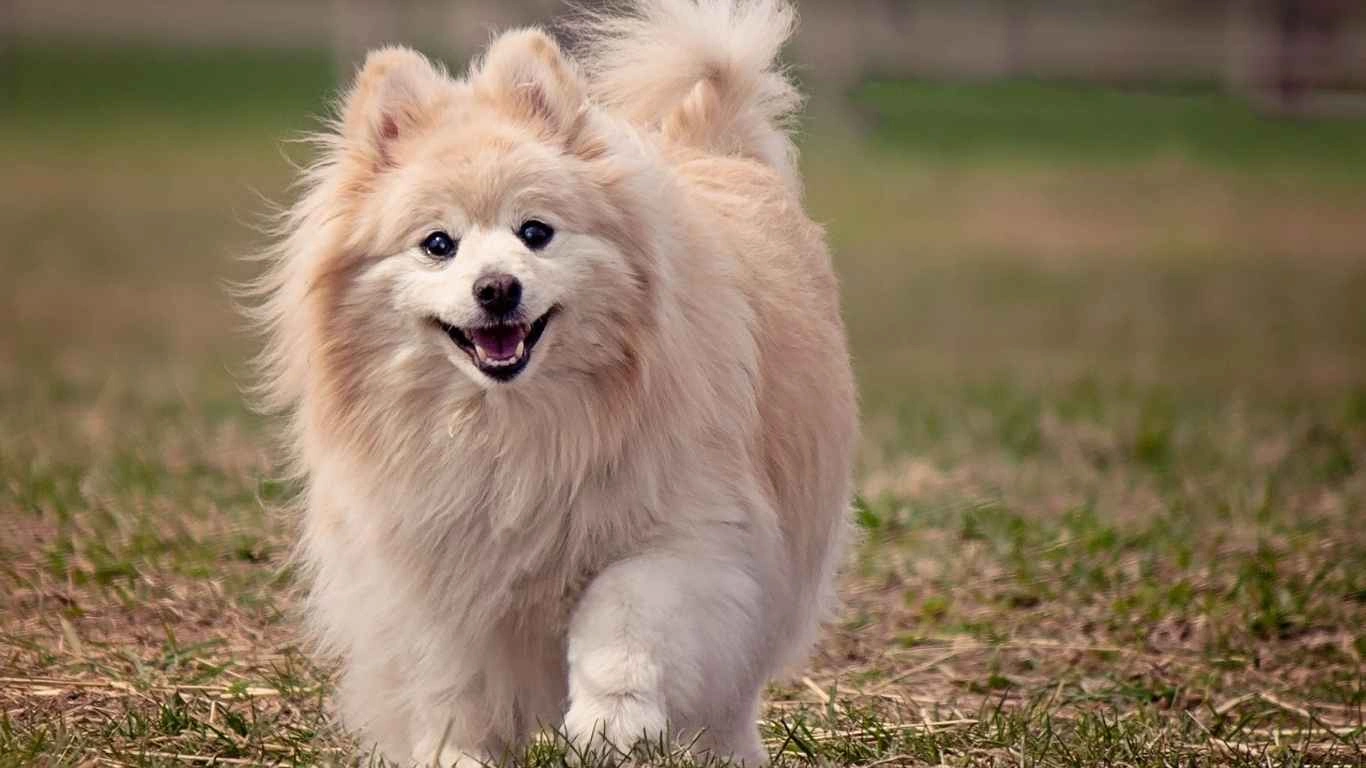
Beyond protein and fats, certain vitamins and minerals play a vital role in maintaining a healthy coat. Some key players include:
- Vitamin E – Acts as an antioxidant, protecting skin cells from damage.
- Biotin – Supports hair growth and prevents excessive shedding.
- Zinc – A crucial mineral that helps prevent flaky skin and promotes fur strength.
- Vitamin A – Essential for skin cell repair and hydration.
In my clinic days, we often saw dogs with patchy coats due to vitamin deficiencies. A diet rich in these nutrients made all the difference in restoring their fur to its full, fluffy glory.
Best Ingredients to Look for in Dog Food
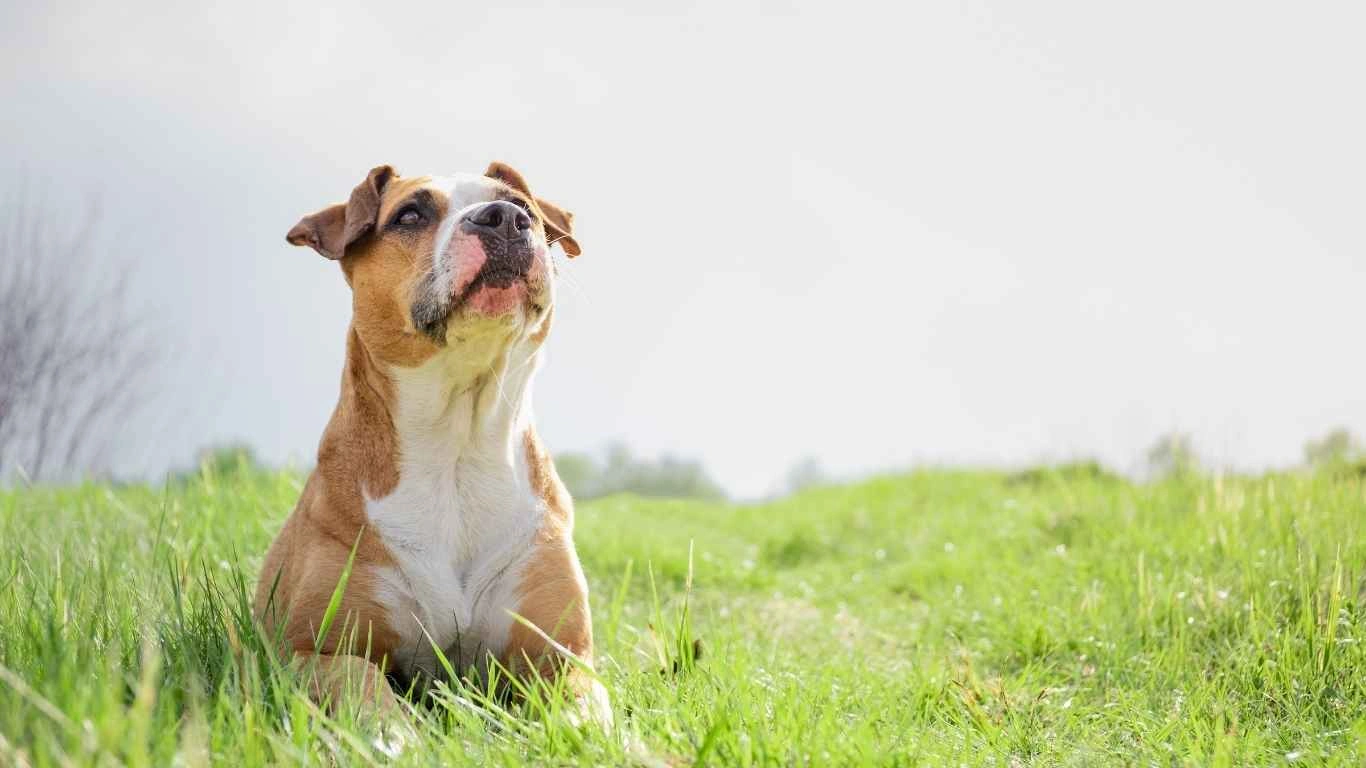
By now, we know that high-quality proteins, healthy fats, and essential vitamins are key to a luscious coat. But when scanning the ingredients list on dog food labels, what should you actually look for? Not all dog foods are created equal, and I’ve seen too many pet parents unknowingly choose options filled with fillers instead of real nutrition.
Whole Meats and Named Meat Meals
The best dog food for healthy skin and coat always starts with real, identifiable proteins. You want to see ingredients like:
- Deboned Chicken, Turkey, or Beef – Whole, fresh meats provide the highest bioavailability.
- Salmon or Fish Meal – Fantastic sources of Omega-3s for that shiny, itch-free coat.
- Duck or Venison – Excellent alternatives for dogs with common protein sensitivities.
One thing I always tell pet parents: Avoid vague terms like “meat by-products” or “animal meal.” If you don’t know exactly what’s in it, neither does your dog’s body!
Beneficial Carbohydrates
Carbs often get a bad rap in pet nutrition, but the right kinds provide fiber, vitamins, and minerals that support skin health. Look for:
- Sweet Potatoes – Packed with beta-carotene and fiber.
- Brown Rice – A gentle, easily digestible carb that provides sustained energy.
- Pumpkin – A natural source of antioxidants and great for digestion.
When working with dogs suffering from food allergies, switching to grain-free options with sweet potatoes or lentils often made a huge difference in their skin condition.
Ingredients to Avoid for a Healthy Coat
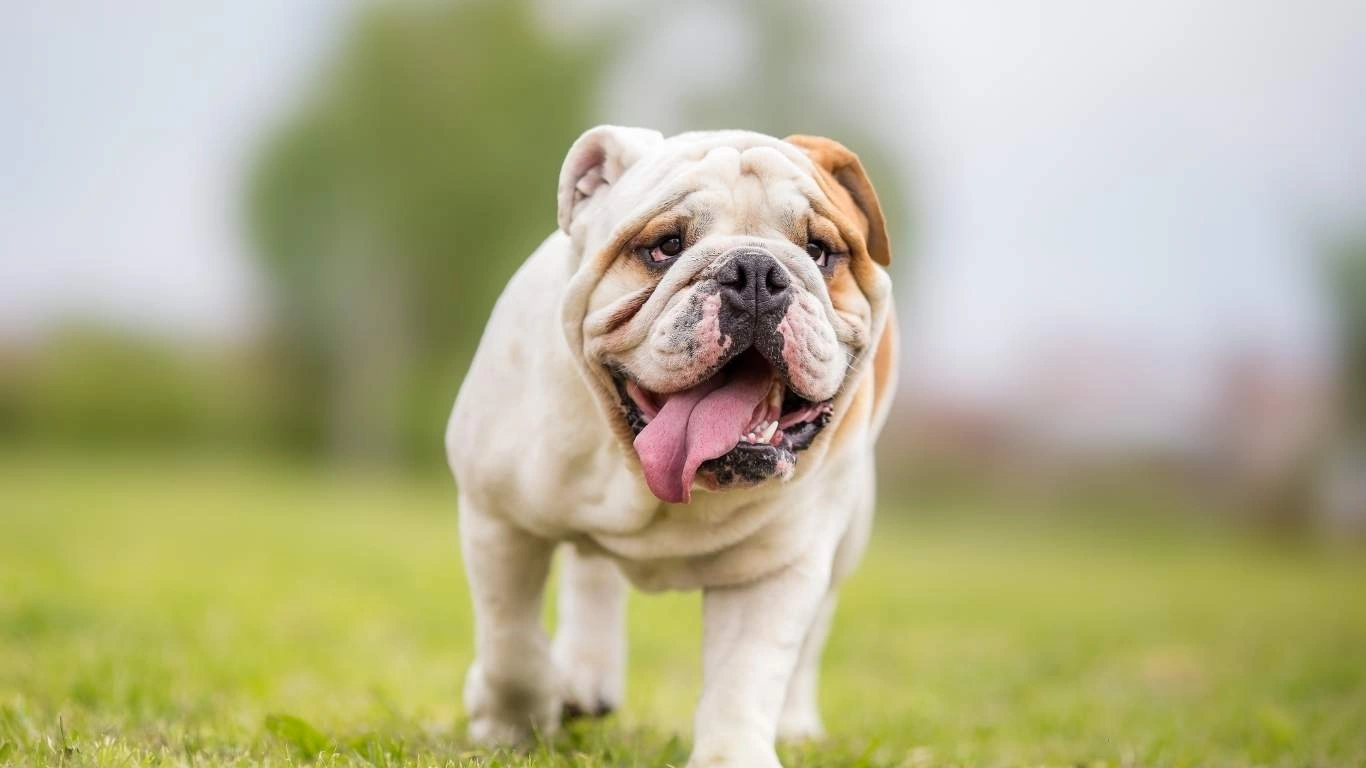
Just as some foods work wonders, others can wreak havoc on your pup’s skin and fur. Some of the biggest culprits I’ve seen in clinic cases include:
Artificial Additives and Preservatives
Artificial colors, flavors, and preservatives offer zero nutritional value and can trigger allergic reactions. The worst offenders include:
- BHA & BHT – Synthetic preservatives linked to health issues.
- Artificial Dyes – Added purely for aesthetics but can cause skin irritation.
- Propylene Glycol – Found in low-quality kibble to keep it moist but can lead to skin dryness.
Dogs I’ve worked with who had unexplained rashes or itching often saw relief simply by cutting out artificial additives.
Excessive Fillers
Low-quality dog foods often use cheap fillers to bulk up the kibble, but these ingredients provide little nutrition and can contribute to skin issues. Avoid:
- Corn and Wheat Gluten – Common allergens that may trigger itching.
- Soy – Can be difficult to digest and may contribute to coat dullness.
- Meat By-Products – Often consist of low-quality protein sources with minimal nutritional benefit.
Time and time again, I’ve seen dogs thrive after switching from a filler-heavy diet to one packed with real, wholesome ingredients.
Hydration: The Secret to a Soft, Supple Coat
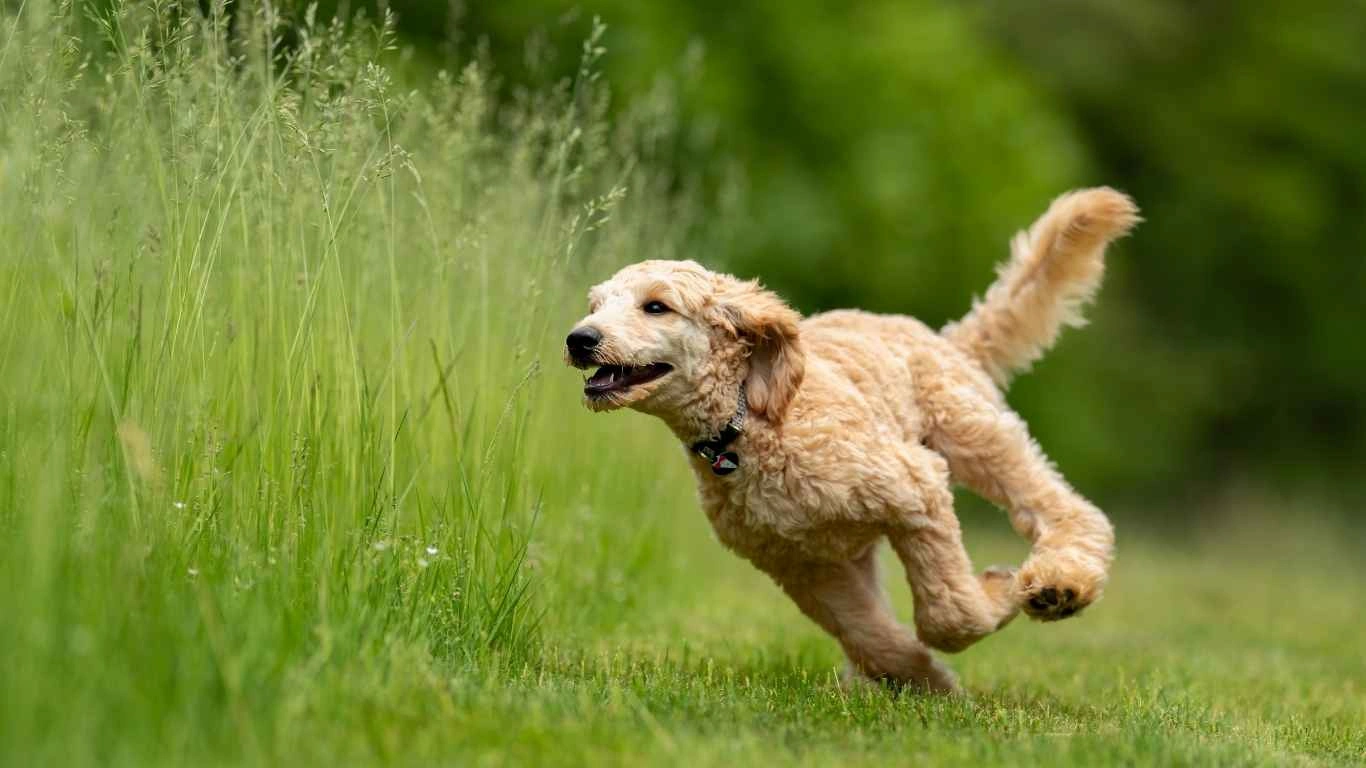
One of the simplest yet most overlooked factors in skin and coat health is hydration. If your dog isn’t drinking enough water, their skin can become dry and flaky, leading to itchiness and a rough coat texture.
Ways to Keep Your Dog Hydrated
Here are a few tricks I always recommend to ensure your pup stays properly hydrated:
- Fresh Water Daily – Always provide clean, fresh water in a bowl that’s washed regularly.
- Wet Food or Bone Broth – Adding moisture-rich food to their diet can significantly boost hydration.
- Hydrating Fruits and Veggies – Cucumbers, watermelon (seedless), and carrots offer extra water content.
A common mistake I see is pet owners assuming their dog is drinking enough water just because the bowl isn’t empty. Some dogs simply need encouragement—try a pet fountain or adding ice cubes to make drinking more enticing!
How to Transition Your Dog to a Healthier Diet
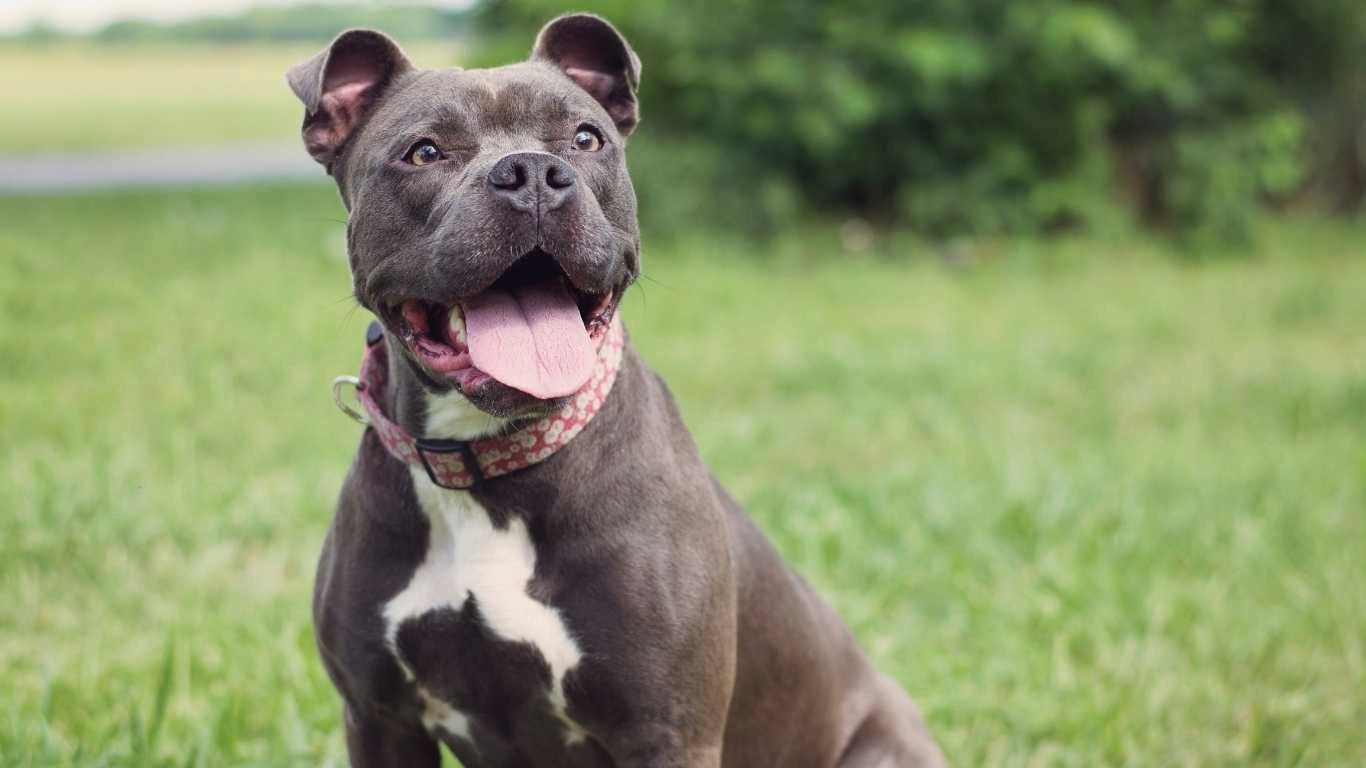
So, you’re ready to upgrade your pup’s diet to ensure they have the best dog food for healthy skin and coat. That’s amazing! But hold on—don’t just swap out their old food overnight. Sudden diet changes can cause stomach upset, even if the new food is top-tier. I’ve guided countless pet parents through this process in veterinary clinics, and a gradual transition is always the best approach.
The 7-Day Transition Plan
To make the switch easier on your dog’s digestive system, follow this simple transition schedule:
- Days 1-2: 75% old food, 25% new food.
- Days 3-4: 50% old food, 50% new food.
- Days 5-6: 25% old food, 75% new food.
- Day 7: 100% new food!
Some dogs adjust faster, while others might need a longer transition. Watch for signs of digestive upset like loose stools, and slow down if needed. Patience is key!
How to Tell If the New Diet is Working
Once your dog is fully on their new diet, you should start noticing improvements within a few weeks. Here’s what to look for:
- Softer, shinier fur – Their coat should feel silkier and have a natural sheen.
- Less itching and scratching – A well-balanced diet reduces skin irritation.
- Reduced shedding – While all dogs shed, excessive hair loss should decrease.
- More energy and better digestion – A quality diet improves overall health, including gut function.
One of my clients had a Golden Retriever with severe dandruff and a dull coat. After switching to a fish-based formula rich in Omega-3s, her fur transformed into a gorgeous, golden shine in just a month!
Homemade Dog Food vs. Commercial Dog Food
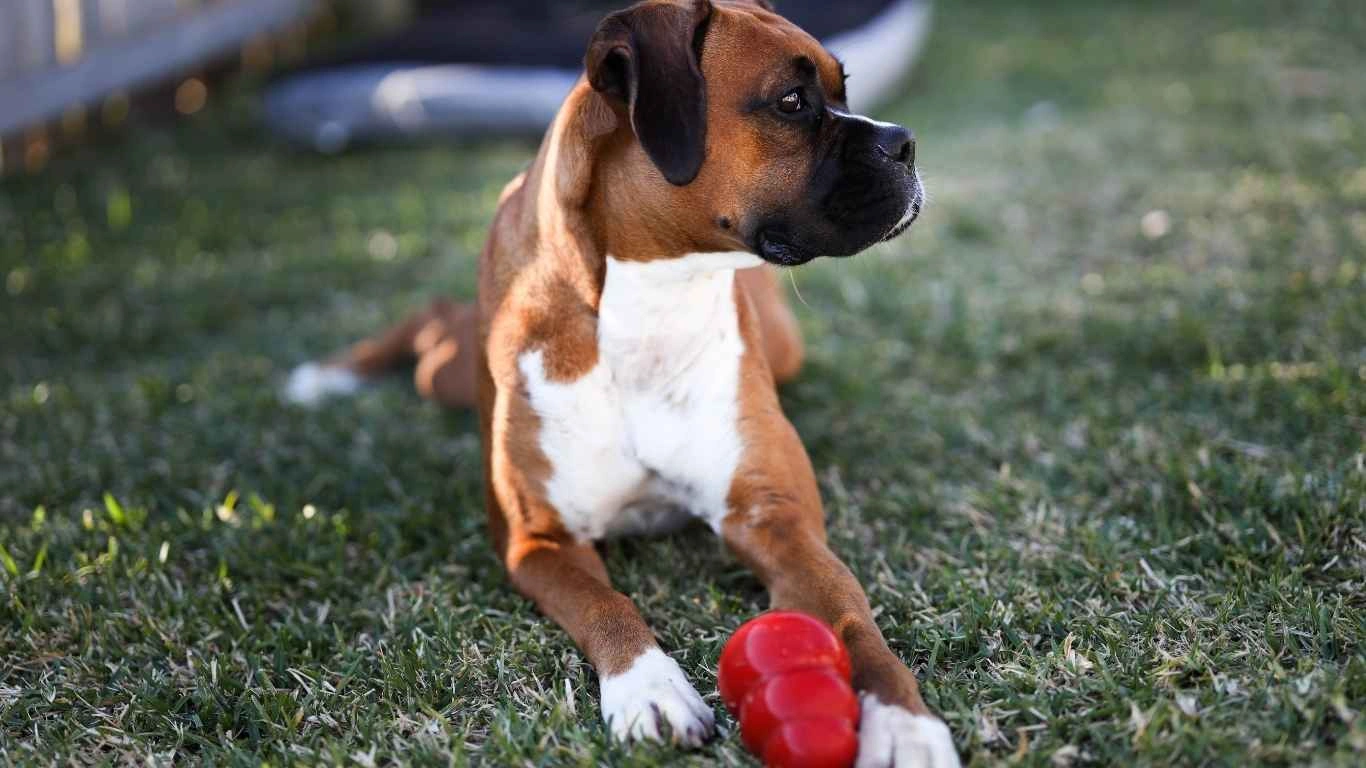
Many pet parents ask me, “Is homemade food better than commercial dog food?” The answer? It depends. While homemade meals can be fantastic, they require careful planning to ensure complete and balanced nutrition.
Benefits of Homemade Dog Food
When done right, home-cooked meals can be highly nutritious. Advantages include:
- Full control over ingredients – You decide what goes into your dog’s bowl.
- Fresh, whole foods – No artificial preservatives or fillers.
- Great for dogs with allergies – You can tailor meals to avoid triggers.
However, the downside is that many homemade diets lack key nutrients like calcium, zinc, and Omega-3s. If you go this route, I highly recommend working with a veterinary nutritionist to ensure your pup gets everything they need.
Choosing the Best Commercial Dog Food
If homemade isn’t for you, don’t worry—plenty of high-quality commercial dog foods provide excellent nutrition. Look for brands that:
- Use real meat as the first ingredient.
- Include healthy fats like fish oil or flaxseed.
- Avoid artificial additives and fillers.
- Are formulated to meet AAFCO nutritional standards.
In my years working with pet owners, I’ve found that the best results come from a mix of high-quality commercial food with occasional fresh food toppers like cooked salmon or pumpkin.
Final Thoughts: Give Your Dog the Nutrition They Deserve
When it comes to your dog’s health, diet is everything. Choosing the best dog food for healthy skin and coat isn’t just about aesthetics—it’s about their comfort, happiness, and long-term well-being. By focusing on high-quality proteins, healthy fats, essential vitamins, and proper hydration, you’re setting your pup up for a lifetime of soft, shiny fur and itch-free skin.
Remember, every dog is different. Some thrive on fish-based diets, while others do better with poultry or red meat. The key is to observe your dog, experiment with high-quality foods, and find what works best for them.
And of course, if you ever have concerns about your dog’s diet or skin condition, always consult with a veterinarian or pet nutrition expert. As someone who has worked in vet clinics, I can’t stress enough how valuable professional guidance can be!
Additional Resources:
- World Small Animal Veterinary Association (WSAVA)
- FDA Pet Food Regulations
- AAFCO Nutritional Guidelines
Disclaimer:
The information in this article is for educational purposes only and does not replace professional veterinary advice. If your dog has persistent skin or coat issues, please consult a veterinarian.
